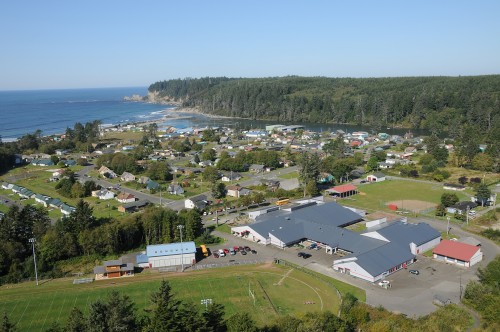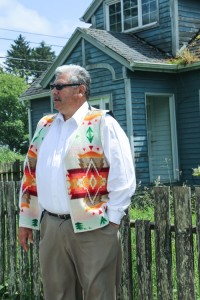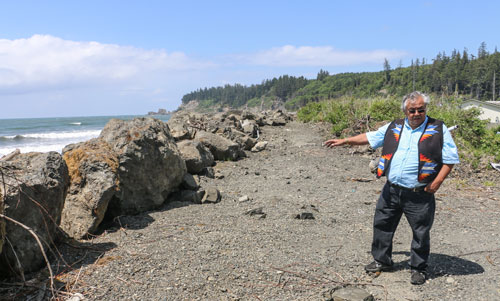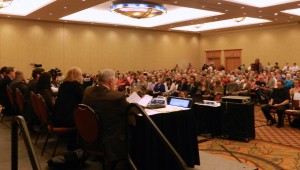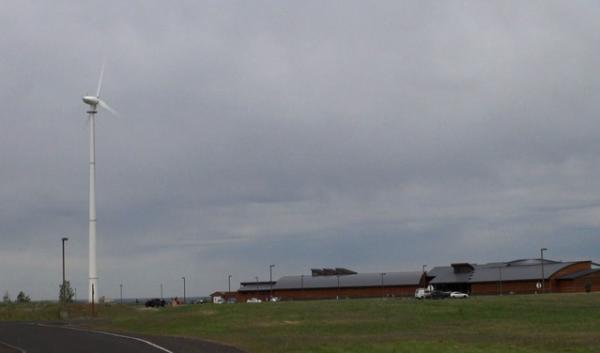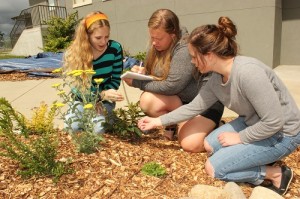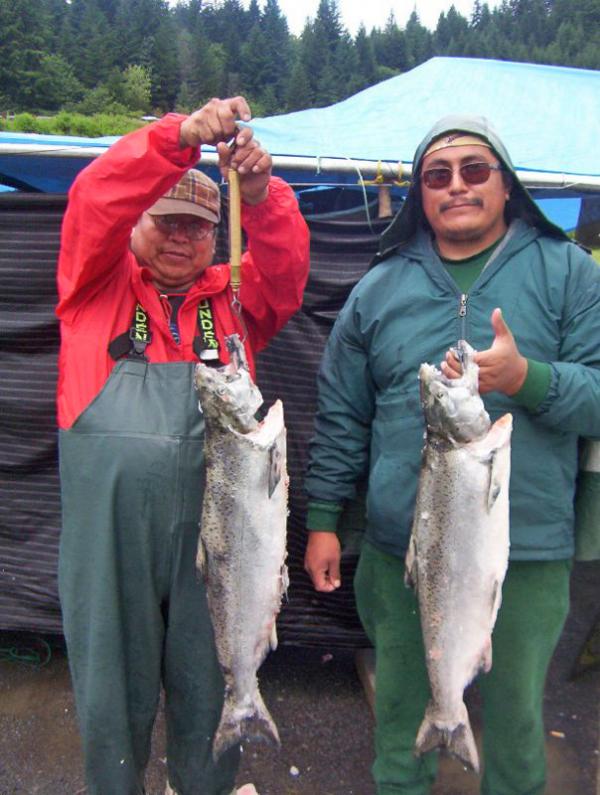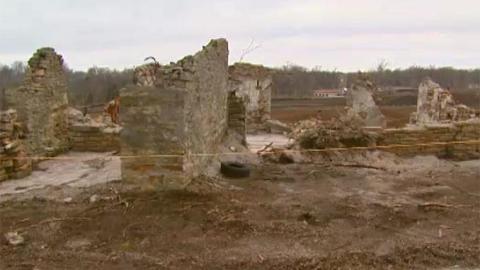Six years ago, I made my first trip to Indian country. I visited the Crow Nation in Montana—an experience I’ll never forget. I left with a new Crow name, an adoptive Crow family, and an even stronger commitment to build a future that honors old traditions and welcomes every Native American into the American Dream.
Next week, I’ll return to Indian country, when Michelle and I visit the Standing Rock Sioux Tribe in Cannonball, North Dakota. We’re eager to visit this reservation, which holds a special place in American history as the home of Chief Sitting Bull. And while we’re there, I’ll announce the next steps my Administration will take to support jobs, education, and self-determination in Indian country.
As president, I’ve worked closely with tribal leaders, and I’ve benefited greatly from their knowledge and guidance. That’s why I created the White House Council on Native American Affairs—to make sure that kind of partnership is happening across the federal government. And every year, I host the White House Tribal Nations Conference, where leaders from every federally recognized tribe are invited to meet with members of my Administration. Today, honoring the nation-to-nation relationship with Indian country isn’t the exception; it’s the rule. And we have a lot to show for it.
Together, we’ve strengthened justice and tribal sovereignty. We reauthorized the Violence Against Women Act, giving tribes the power to prosecute people who commit domestic violence in Indian country, whether they’re Native American or not. I signed the Tribal Law and Order Act, which strengthened the power of tribal courts to hand down appropriate criminal sentences. And I signed changes to the Stafford Act to let tribes directly request disaster assistance, because when disasters strike, you shouldn’t have to wait for a middleman to get the help you need.
Together, we’ve resolved longstanding disputes. We settled a discrimination suit by Native American farmers and ranchers, and we’ve taken steps to make sure that all federal farm loan programs are fair to Native Americans from now on. And I signed into law the Claims Resolution Act, which included the historic Cobell settlement, making right years of neglect by the Department of the Interior and leading to the establishment of the Land Buy-Back Program to consolidate Indian lands and restore them to tribal trust lands.
Together, we’ve increased Native Americans’ access to quality, affordable health care. One of the reasons I fought so hard to pass the Affordable Care Act is that it permanently reauthorized the Indian Health Care Improvement Act, which provides care to many in tribal communities. And under the Affordable Care Act, Native Americans across the country now have access to comprehensive, affordable coverage, some for the first time.
Together, we’ve worked to expand opportunity. My Administration has built roads and high-speed internet to connect tribal communities to the broader economy. We’ve made major investments in job training and tribal colleges and universities. We’ve tripled oil and gas revenues on tribal lands, creating jobs and helping the United States become more energy independent. And we’re working with tribes to get more renewable energy projects up and running, so tribal lands can be a source of renewable energy and the good local jobs that come with it.
We can be proud of the progress we’ve made together. But we need to do more, especially on jobs and education. Native Americans face poverty rates far higher than the national average – nearly 60 percent in some places. And the dropout rate of Native American students is nearly twice the national rate. These numbers are a moral call to action. As long as I have the honor of serving as President, I’ll do everything I can to answer that call.
That’s what my trip next week is all about. I’m going to hear from as many people as possible—ranging from young people to tribal leaders—about the successes and challenges they face every day. And I’ll announce new initiatives to expand opportunity in Indian country by growing tribal economies and improving Indian education.
As I’ve said before, the history of the United States and tribal nations is filled with broken promises. But I believe that during my Administration, we’ve turned a corner together. We’re writing a new chapter in our history—one in which agreements are upheld, tribal sovereignty is respected, and every American Indian and Alaskan Native who works hard has the chance to get ahead. That’s the promise of the American Dream. And that’s what I’m working for every day—in every village, every city, every reservation—for every single American.
Read more at http://indiancountrytodaymedianetwork.com/2014/06/05/my-upcoming-trip-indian-country


